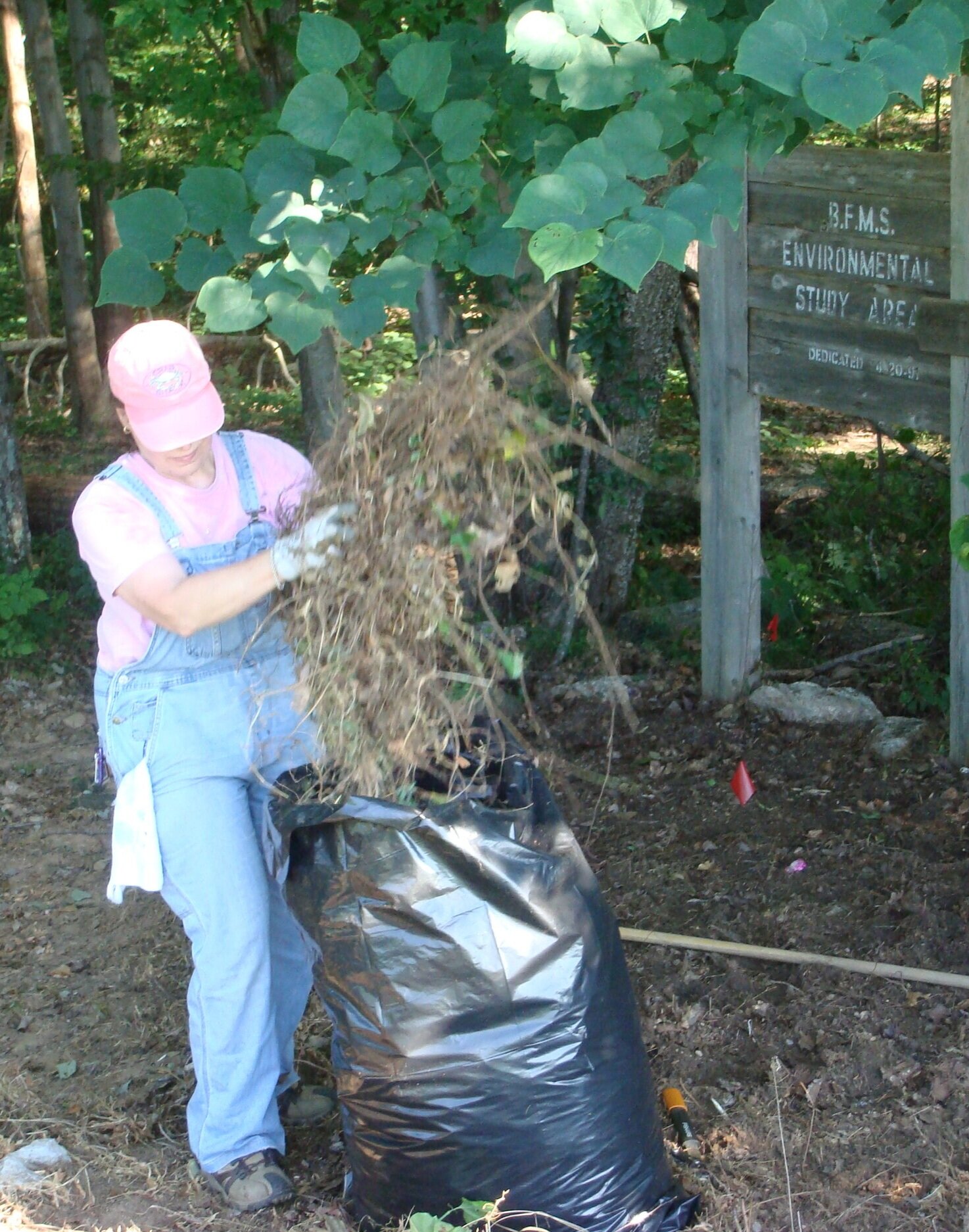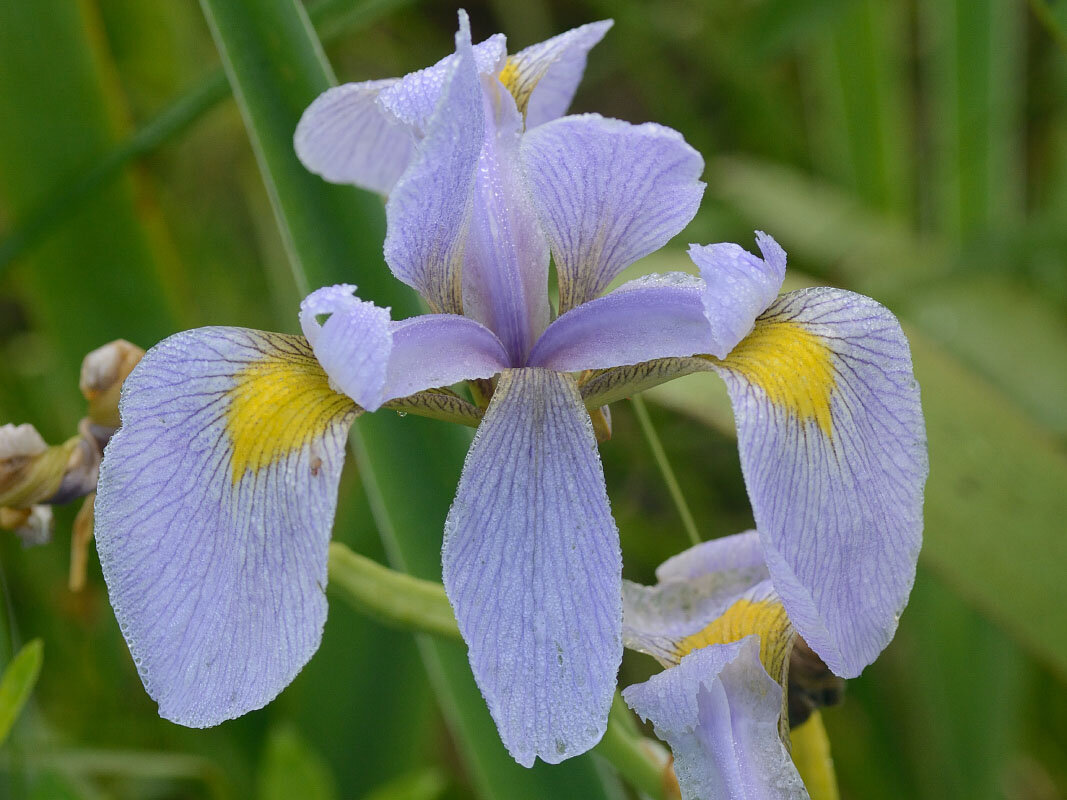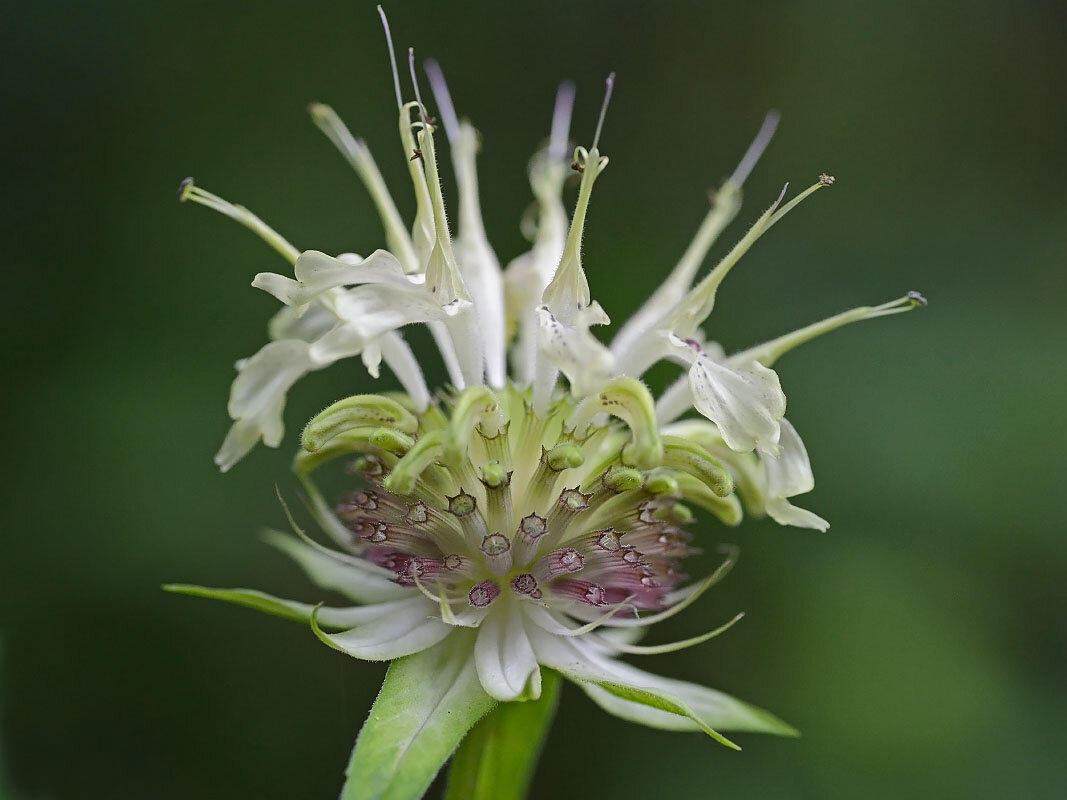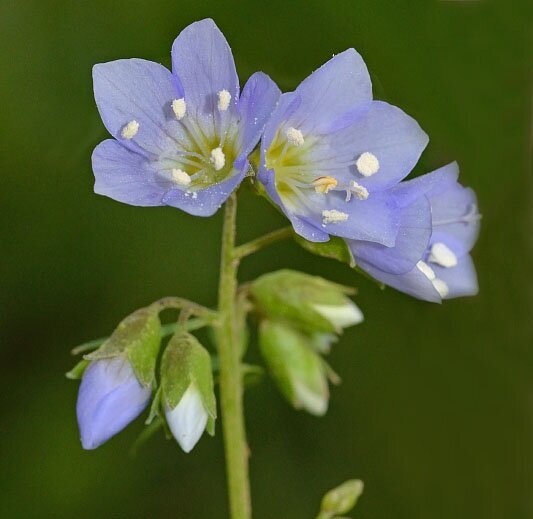Benjamin Franklin Middle School Demonstration Garden
In June of 2020, the Plant Southern Piedmont Natives campaign received a 30 in 30 Green Grant from Keep Virginia Beautiful, in partnership with Altria and Coca-cola, to develop a demonstration garden along a nature trail at Benjamin Franklin Middle School (BFMS) in Franklin County. This nature trail runs through a forested area on the northern section of the school property. Native plants can be viewed at the entrance to the trail and in several locations along the trail.
Removing Japanese stilt grass from a planting site along the trail.
Clearing out the bed at the trail entrance.
Preparing the site
July 2020, local volunteers helped clear fallen trees, large patches of invasive Japanese stilt grass and poison ivy in preparation for planting native plants along the Nature Trail at Ben Franklin Middle School.
Planting the Site
September 2020, volunteers returned to install 75 native plants, plant tags and the Demonstration Garden Sign.
Digging holes!
Planting
Plants from Wood Thrush Native Nursery in Floyd, VA.
Sign from Ridgeway Signs in Ridgeway VA.
Some of our wonderful volunteers!
Smart Garden Signs from Northwoods Laser and Embroidery in Germantown, WI.
Native Plants along the Demonstration Garden Trail
Arisaema triphyllum (Jack-in-the-Pulpit)
This perennial was found growing naturally along the trail. It will produce a cylindrical, hooded flower with a "Jack" inside from March to April. After being pollinated by flies, a cluster of red berries will form. Larval host plant for the Pink-legged Tiger Moth (Spilosoma latipennis). Birds and box turtles eat the berries. This plant contains calcium oxalate, which is toxic for humans.
Photo by Gary Fleming, DCR
Chasmanthium latifolium (River Oats)
This perennial, warm season bunch-grass flowers from June to October. Larval host plant for 7 species of moths and skippers. The seeds resemble "fish on a line" and are eaten by birds and small mammals.
Photo by Gary Fleming, DCR
Chrysogonum virginianum (Green and Gold)
Golden star-shaped flowers bloom from late May to early June, attracting bees, butterflies and other insect pollinators. Birds and small mammals eat the seeds.
Photo by Ed Coleman.
Chelone Glabra (White Turtlehead)
White flowers, resembling a turtle’s head, bloom from August to October, attracting hummingbirds and insect pollinators. This plant is a larval host plant for 3 species of butterflies. The seeds are eaten by fly and moth larvae.
Photo by Gary Fleming, DCR
Geranuim maculatum (Wild Geranuim)
Rose-purple flowers bloom from April to June, attracting butterflies and other insect pollinators. This plant is the larval host plant for 27 species of butterflies and moths. Birds and small mammals will eat the seeds.
Photo by Kathy Fell
Iris virginica (Blue Flag Iris)
Perennial iris found naturally in wetland areas. The blue-violet flowers bloom from April to May, attracting hummingbirds, butterflies and other insect pollinators. Larval host plant for 11 species of moths.
Photo by Gary Fleming
Lindera benzoin (Spicebush)
Greenish-yellow flowers bloom from March to April on separate male and female shrubs. Red droops produced on female plants are enjoyed by song birds. Larval host plant for 13 species of lepidoptera, including the Spicebush Swallowtail (Papilio troilus). Native Americans used the dried fruits as a spice.
Photo by Gary Fleming, DCR
Lobelia siphilitica (Great Blue Lobelia)
This perennial produces clusters of blue tubular flowers bloom from July to October. Blossoms attract hummingbirds, butterflies and other insect pollinators. Larval host plant for 6 species of moths.
Photo by Gary Fleming, DCR
Monarda clinopodia (Basil Beebalm)
This perennial in the mint family produces white flowers from May to September. Blossoms attract hummingbirds, butterflies and other insect pollinators. Larval host plant for 12 species of moth.
Photo by Gary Fleming, DCR
Podophyllum peltatum (May Apple)
Found growing naturally along the trail, this perennial produces one small white flower, from March to May, at the base of two umbrella-like leaves. Larval host plant for 6 species of moths. Box turtles and small mammals eat the fruit.
Photo by Ed Coleman.
Polemonium reptans (Spreading Jacob’s Ladder)
This perennial produces light blue, bell-shaped flowers from April to June, which attract native bees, butterflies and other insect pollinators. Larval host plant for 2 species of moths.
Photo by Gary Fleming, DCR
Polystichum acrostichoides (Christmas Fern)
Evergreen, perennial, clump-forming fern found growing naturally along the path. This fern is the larval host plant for 5 species of moths. Fronds may be browsed by grouse, turkey and deer in winter.
Photo by Kathy Fell
Pycnanthemum incanum (Hoary Mountain Mint)
Perennial with silvery leaves and clusters of white to lavender flowers that bloom from late June to August. The nectar attracts butterflies and other insect pollinators. Larval host plant for 4 species of moth.
Photo by Gary Fleming, DCR
Download our brochure and take it with you when you visit the Benjamin Franklin Middle School Demonstration Garden!
About the Banner: Entrance to the Benjamin Franklin Middle School Demonstration Garden. Photo by Kathy Fell.























